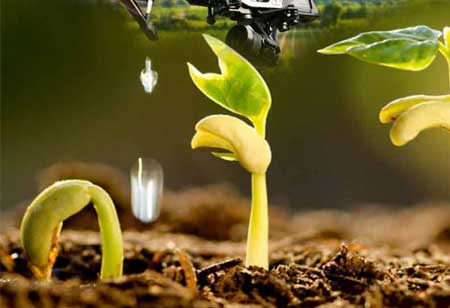Thank you for Subscribing to Agri Business Review Weekly Brief
Drawbacks of Aquaculture
Aquaculture is a multibillion-dollar business that contributes to the financial well-being of countries, towns, and governments.

By
Agri Business Review | Tuesday, April 26, 2022
Stay ahead of the industry with exclusive feature stories on the top companies, expert insights and the latest news delivered straight to your inbox. Subscribe today.
Aquaculture necessitates the involvement of marine biologists and oceanographers, who can research aquafarms to ascertain the past and future of fish species.
FREMONT CA: Aquaculture is a multibillion-dollar business that contributes to the financial well-being of countries, towns, and governments. While the benefits of aquaculture are limitless, there are also numerous negatives and issues associated with this business. Millions of people worldwide consume fish as an integral part of their diets, with fish markets, restaurants, and grocery stores reliant on fish farming for supply. Aquaculture provides a much-needed supplement to our food supply, and it has other benefits for the environment.
While the benefits of aquaculture are numerous, it is critical to consider both the pros and disadvantages of aquaculture. Aquaculture's downsides are primarily focused on the environmental impact of these techniques. This business has only grown in recent decades, raising concerns about the ecological implications. Consumers are becoming more aware of the advantages of sustainable solutions, which put pressure on businesses to operate more sustainably. Fish meal is an expensive and scarce source of protein, which has prompted corporations to explore alternate protein components to supplement this scarce supply.
While aquaculture helps safeguard the marine habitats where farms are located, the surrounding area frequently suffers. When considering the adverse effects of aquaculture, the amount of resources they consume can create problems for the local ecosystem. They degrade the area's natural resources and habitats; thus, aquafarm management must carefully consider the resources they use. While these drawbacks of aquaculture will differ by region, farmers need to evaluate the influence of each action they take on others in the community.
While aquaculture has been shown to help fish live and grow, it has also annihilated fish species. Farmers must be deliberate about the fish they raise and release to avoid future problems. The disease must be monitored in the environment, as it has the potential to wipe out an entire community. Diseases that begin in fisheries can subsequently spread to the surrounding environment, wreaking havoc on the local fauna. There are numerous factors that fish farmers must consider when assessing their influence on the ecosystem. Still, unfortunately, many fisheries do not yet have the practices in place to avert this damage.
Aquaculture improves our environment in numerous ways, but it's necessary to consider the downsides. With more consideration and effort put into protecting the local ecology and avoiding the extinction of entire fish species, aquafarms can mitigate the future impact of fish farming. Consumers seeking more sustainable solutions are pressuring businesses to adopt more environmentally friendly practices in the future. They can only anticipate a growth in the usage of novel proteins and sustainable solutions in the following years, hopefully mitigating the impact of many of aquaculture's shortcomings.





